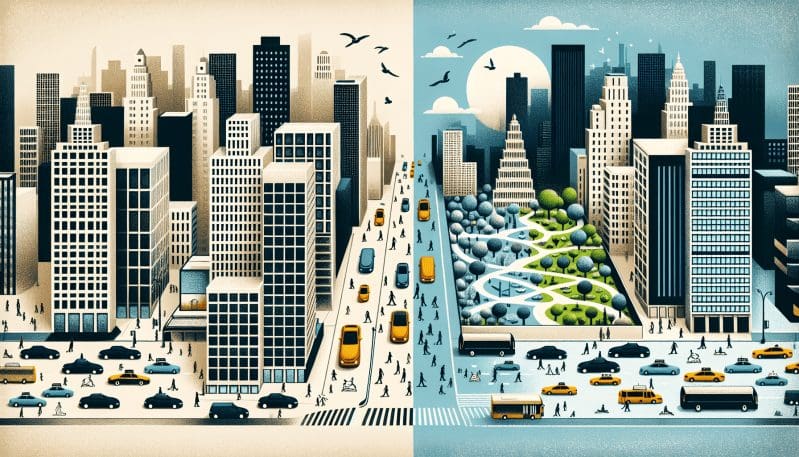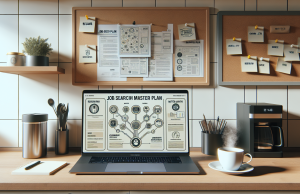In the rhythmic heartbeat of New York’s business districts, a silent transformation is underway. Amidst the hum of relentless connectivity and open-plan collaboration, a quiet revolution is reshaping the modern workspace. Quiet spaces are emerging as sanctuaries for contemplation, concentration, and renewed productivity, signaling a paradigm shift in how we design and utilize our work environments.
The open-plan office, once lauded as the ultimate in workplace design, is now being critically reevaluated. Originally intended to foster collaboration and creativity, this layout has often come under fire for its unintended consequences: noise pollution, distraction, and a lack of privacy. As the clamor of the open office reaches a crescendo, workers and employers alike are recognizing the irreplaceable value of quiet and solitude in the knowledge economy.
Psychological research is lending credibility to this shift, emphasizing that uninterrupted time is essential for deep thought and complex problem-solving. Quiet spaces, ranging from soundproof pods to serene lounges, are not just amenities but necessities for a workforce that demands mental space to innovate and excel. In these hushed havens, employees find respite from the sensory overload of an interconnected world, emerging replenished and focused.
Productivity, the heartbeat of any business, is also getting a boost from these thoughtfully integrated zones. By allowing individuals the freedom to choose their ideal work environment—be it a collaborative hub or an oasis of tranquility—companies are seeing tangible improvements in output and employee satisfaction. The silent transformation is thus not merely an architectural trend; it is a strategic investment in human capital.
Designing for mental wellness in the workplace goes beyond ergonomic chairs and standing desks. It requires a nuanced understanding of human psychology and the diverse needs of a dynamic workforce. Striking the right balance between public and private spaces within an office is an art, one that promises to sculpt corporate cultures rooted in respect for personal boundaries and the diverse modes of productivity.
As The Work Times, we advocate for an evolution in workplace design that honors both the collective spirit and the quiet strength of individual focus. Shaping spaces that blend the social and the serene is not just an architectural endeavor—it is a pledge to the holistic well-being of the workforce. The silent transformation of New York’s busy workplaces is not just a trend; it is the future of work, whispering a powerful message about balance and well-being in the perpetual motion of city life.
In embracing quiet spaces, New York’s businesses are setting a new standard for the global workplace, echoing a truth that resonates beyond the buzzing metropolis: sometimes, the most profound advances are made not in a flurry of activity, but in the soundless depths of thought and reflection.

























